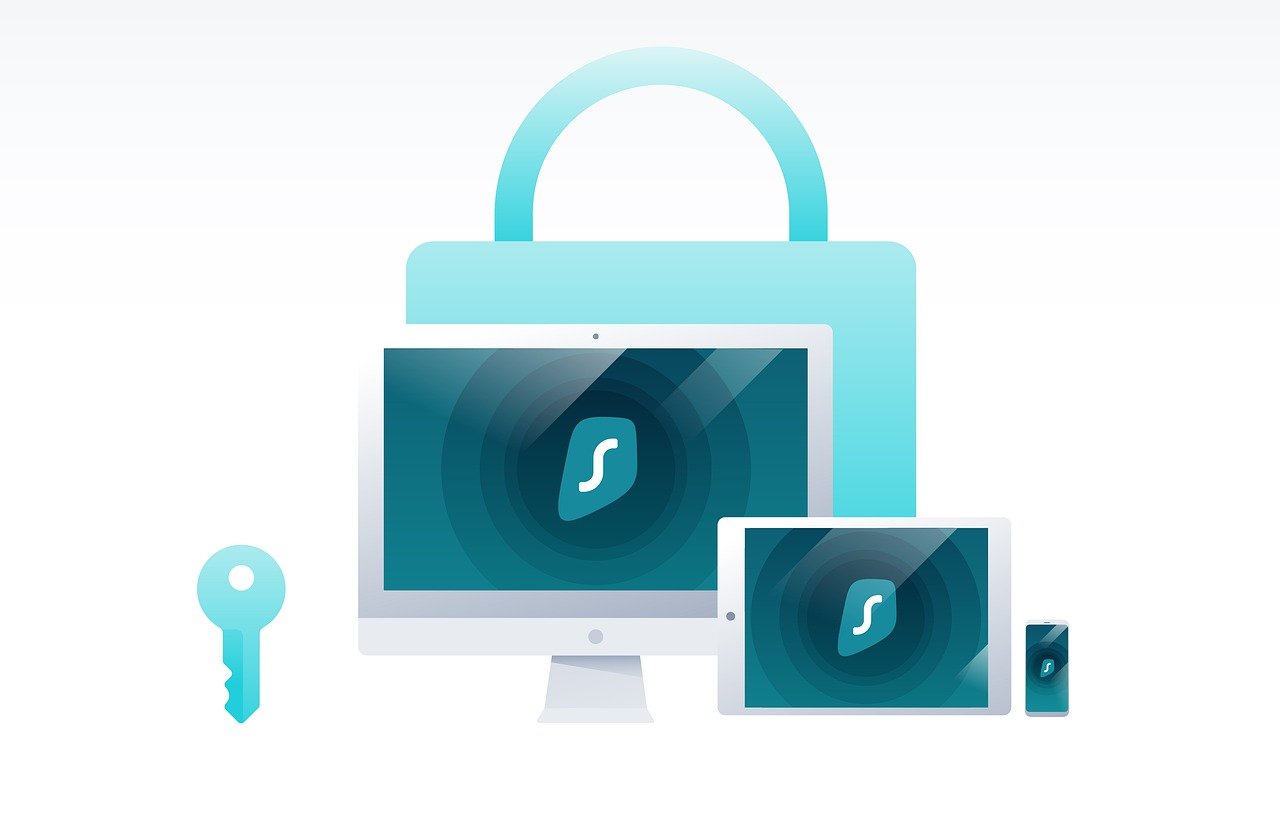Optimising Patient Data Management to Meet Rising Healthcare Data Security Regulations
Healthcare organisations face growing challenges as data security regulations, such as HIPAA in the United States, GDPR in Europe, and Australia’s Privacy Act, continue to evolve.
These policies, designed to protect patient privacy, demand higher standards for managing sensitive information. Non-compliance risks include severe fines and reputational damage.
As the volume of digital health records grows, so does the need for secure and efficient systems.
Optimising data management practices is no longer optional – it’s essential for staying compliant while safeguarding patients’ trust in an ever-changing regulatory landscape.
Adopt a Secure and Comprehensive EHR and Medical Billing System
A secure and efficient Electronic Health Record (EHR) and medical billing system is essential for modern healthcare data management.
These platforms simplify daily operations while protecting patient information and meeting compliance standards.
Top-quality EHR/EMR software integrates powerful tools to enhance every aspect of practice management.
Scheduling becomes effortless with features that optimise calendars, automate appointment reminders via text or email, and streamline check-ins using devices like iPads.
On the clinical side, providers benefit from fast charting through customisable forms, speech-to-text capabilities, macro buttons, and drawing tools tailored to their needs.
And lab orders or prescriptions are easily managed with built-in lab ordering systems and e-prescription functionality.
The billing component completes the system by merging financial workflows seamlessly into your records.
Practices gain access to clear analytics reports while ensuring accurate claims processing – all in one secure solution!
Encrypt Patient Information to Strengthen Privacy Measures
Encryption is a critical step in safeguarding sensitive patient data from unauthorised access. By converting information into unreadable code, encryption ensures that even if data is intercepted or stolen, it remains inaccessible without the proper decryption key.
Modern healthcare organisations use encryption protocols like AES (Advanced Encryption Standard) for securing electronic records during storage and transmission.
This applies to everything from emails containing medical information to files stored on cloud platforms or local servers.
Additionally, encrypting backups and mobile devices further enhances security measures.
By prioritising robust encryption at every stage of data handling, healthcare providers reduce risks while complying with regulations designed to protect patient privacy in an increasingly digital world.
Enforce Strict Access Controls for Sensitive Data
Controlling who can access patient data is vital to maintaining security.
Implementing strong access controls ensures only authorised personnel have permission to view or edit sensitive information, reducing the risk of data breaches.
Begin with role-based permissions, assigning access levels based on staff responsibilities. For example, administrative staff may manage scheduling, while clinicians handle medical records.
Require multi-factor authentication (MFA) for an additional layer of security – combining passwords with secondary verification methods like mobile codes or biometrics.
Regularly review and update user roles as responsibilities change within your organisation. Also, promptly revoke access when employees leave or no longer require it.
With robust protocols in place, healthcare providers limit exposure to threats and maintain tighter control over critical data systems.
Conduct Regular Audits of Data Management Practices
Frequent audits are key to identifying vulnerabilities and maintaining compliance with evolving healthcare regulations. These evaluations help ensure that patient data management processes align with security standards and uncover areas requiring improvement.
Start by assessing your current systems, including EHR/EMR software, access controls, encryption measures, and billing workflows.
Look for outdated practices or weak points that could expose sensitive information.
Use audit tools or third-party specialists to gain objective insights into potential risks.
Document findings clearly, then implement changes like updating protocols or addressing technological gaps.
Routine follow-ups confirm the effectiveness of adjustments made during prior audits.
By committing to consistent evaluations, organisations create a proactive defence against breaches while fostering long-term trust in their handling of patient data.
Utilise Threat Detection Tools to Address Potential Breaches
Threat detection tools are essential for monitoring systems and identifying risks in real time.
These technologies enable healthcare organisations to stay ahead of potential breaches by analysing system activity and flagging anomalies.
When selecting or using threat detection tools, prioritise the following features:
- Real-time alerts that notify teams immediately about suspicious activities.
- Behavioural analysis capabilities to detect unusual patterns in user behavior or system usage.
- Intrusion prevention mechanisms integrated into advanced firewalls for blocking attacks automatically.
- Automatic software updates to keep defences strong against emerging threats.
Pair these tools with staff training so IT teams can interpret and act on alerts effectively.
Together, these measures create a robust security infrastructure that protects sensitive patient data from evolving cyber threats.











